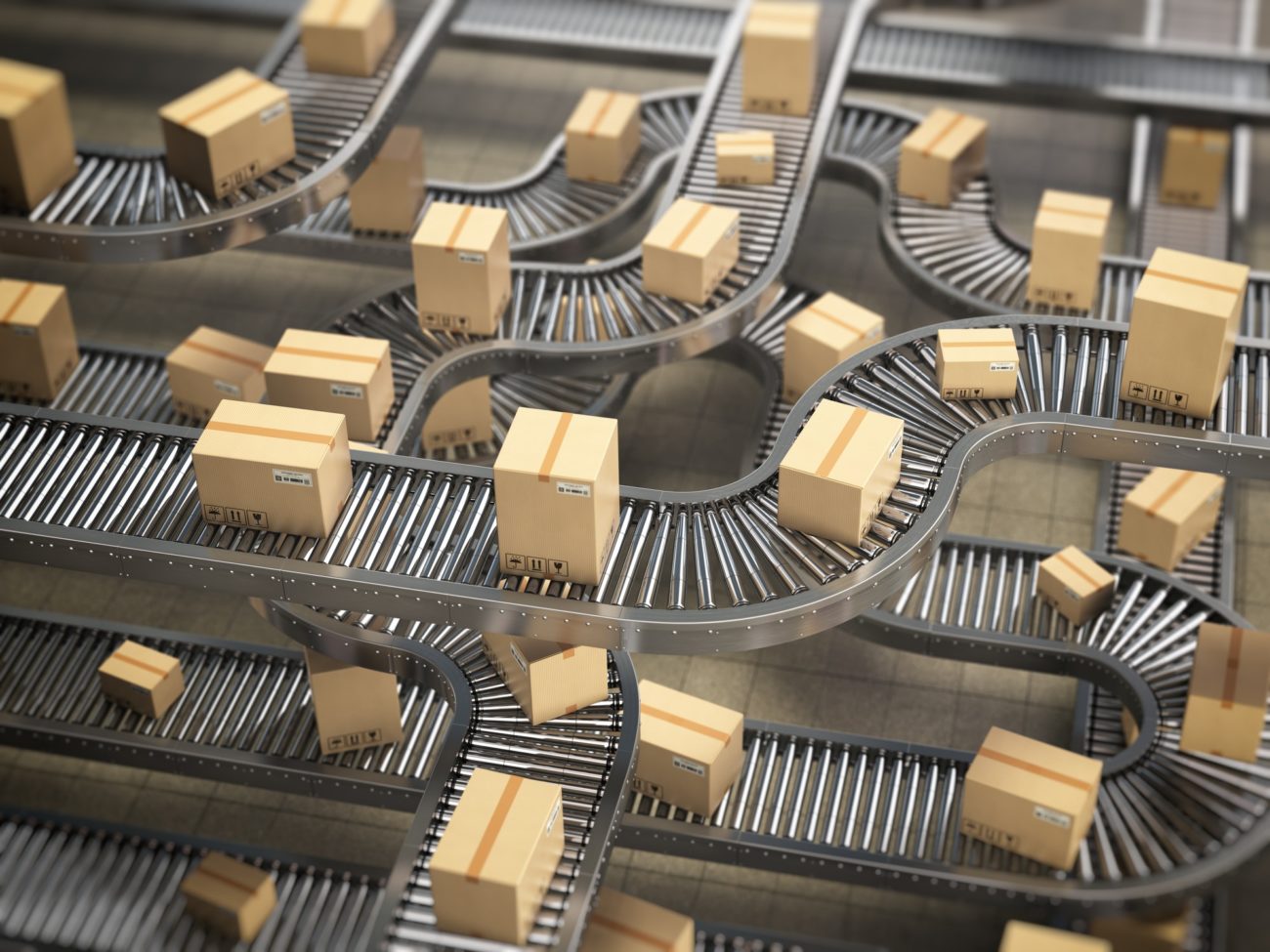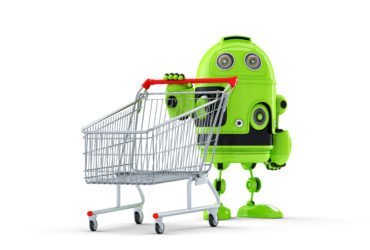Order fulfillment lies at the heart of ecommerce. No matter what kinds of products you’re selling in the market, it all comes down to how to fulfill your orders.There are many reasons why the order fulfillment process is important in ecommerce. First and foremost, it helps you prepare for the customer satisfaction that your business serves. However, there are various ecommerce fulfillment models in the market for you. It all comes down to your priorities ultimately.
The choice of an ecommerce model can surely make a difference to your business. And that’s why you must know what you’re doing and whether it can yield the right results. Remember that the motto of ecommerce order fulfillment is to deliver a product to the customer’s doorstep safely and timely.
For the process to occur seamlessly, you will have to take care of a lot of things. Right form inventory management, to warehouse management, and logistics, order fulfillment goes through a lot of steps. And as the customer’s orders are fulfilled successfully, your business gains a lot from it.
Even as you select from the ecommerce fulfillment models, remember that it decides the success or failure of your business. This is why you must weigh the pros and cons well before making a decision.
But, it’s perfectly normal to feel lost in the beginning.not many sellers know what ecommerce fulfillment is. Moreover, the choice of ecommerce fulfillment models becomes even more complex. However, don’t worry, we’ve got you covered! Here you can find the A to Z of ecommerce fulfillment models for your online business!

The Steps of eCommerce Fulfillment Models
Ecommerce fulfillment is a complex process involving seven steps. It begins from the time you receive an order, and ends at the process of returns. In case you don’t receive any returns, your order fulfillment stops at the delivery of the parcel at the customer’s doorstep. Here are the major steps of any order fulfillment process-
Inventory Management
Inventory management is the first step of the order fulfillment process. Once you receive the order you have to pick the inventory. Make sure that you know where your inventory lies in your warehouse. Because if you don’t, you’ll end up wasting a lot of time finding it. This will delay your order fulfillment process and therefore, the entire business efficiency will be decreased.
Warehousing
Warehousing is yet another aspect of the order fulfillment process. In this part of order fulfillment, you focus on the storage capabilities of your business. Make sure that you always have amle stock of a product. However, you must not also java too much quantity if a product that I am not selling.
Receiving
This step of the process runs parallely to inventory management. In this, your business accepts the orders from the customers. Basically, you send them notifications that their order has been accepted.
Picking
This part of the process constitutes picking up the product in your warehouse. Whether it is a bestselling inventory or a slow selling product, you should be able to find it in your warehouse in the shortest amount of time.
Packaging
Packaging is one of the most time taking and essential processes of ecommerce. In all of the order fulfillment models, you package your product well enough. This ensures its safe delivery to the customer’s doorstep. Packaging might require assembling different elements together and finally putting the product in the right box.
Shipping
When your products are packaged well enough, you move them to the shipping section. This means that you assign a courier company to the order. The agent comes to your doorstep to pick the package. It is then shipped to the destination location without any difficulty. In addition to this, you also have to make sure that you choose a reliable courier.
Return Order Management
Return Order management is the last part of all order fulfillment models. You have to set a protocol for managing return. This gives your customer the confidence to make purchases as well as establishes your business as a reliable brand.


Top E-commerce Fulfillment Models
E-Commerce fulfillment is when the customer orders a product online, and it gets delivered to him. This supply chain requires receiving, storing the inventory, processing orders, picking up items, packing boxes, and transporting the product to the customer destination.
A fulfillment company can perform eCommerce fulfillment services. E-commerce fulfillment models are therefore, the sum of workflows and many individual services. Take a look at some of the best ecommerce fulfillment models-
In-House Order Fulfillment
It is also known as a self-fulfillment order. This process occurs whenever the seller fulfills the process by himself without any involvement of a third party oral dropshipper. This model is generally applicable to the ones who have small businesses and also those who have low order quantity.
In order, fulfillment has a low cost with full administration, which is doable by everyone. Still, it has some negative aspects like it is very time consuming, which also increases the complexity. This model requires order fulfillment software and space allocation for inventory.
Crowdfunding Fulfillment
This type of fulfillment service allows you to ship bulk products. It means that when you have a bulk order from a customer, you will have to ship a large number of orders at one. This will quintessentially require a lot of planning for your budget and inventory. This can mostly occur if you are a supplier, shipping bulk inventory to the end seller.
Subscription Fulfillment
It is the same as any other method of order fulfillment, however, the only exception is that you get to ship to your customer every month at a fixed duration of time. For example, some supplies are needed every month. These can be printer cartridges, beauty and well products among others. Therefore, to ship these kinds of products, you need special subscription boxes. One of the disadvantages of this ecommerce fulfillment model is that there are a lot of complexities involved in the process.
For example, Amazon is one brand that ships subscription based products. When your customers subscribe to a product, they receive the product at the same cost every month. However, while this is a good idea for them, they might cancel it anytime, even after you’ve shipped the package. This can create all the confusion and unnecessary hassles.
Third-Party Fulfillment
Another ecommerce fulfillment model is 3pl. Whenever the process becomes too complex to handle, the sellers migrate to the third party fulfillment model, packaging bulk orders to shipping them one by one is impossible to manage single-handedly; therefore, sometimes the need for third-party fulfillment arises. Outsourcing of the fulfillment process to a 3pl service provider helps the seller dedicate time for the primary and core business operations and allows the seller to manage it effectively and efficiently. The advantages of 3pl are that it is a streamlined process with discounted shipping rates but has an external dependency. Inhabit of service of three PL providers can also make or break your business reputation.
Dropshipping
The third ecommerce fulfillment model is dropshipping. In the Dropshipping model, sellers need to manufacture the cost of the products they sell in their store; instead, the products are direct should by the manufacturer. The seller either automatically or manually forwards the order to the manufacturer.
Then the manufacturer ships the order directly to the respective customer. Under this model, the entire fulfillment process is handled by the manufacturer. The seller has no control over the operations; hence, the customer’s satisfaction is in the hand of the dropshipper. The advantages of dropshipping are that it is easy to start an online business and also globally accessible. It has fast business growth but lacks product customization and inherits low-quality control.
Still, it consists of some negative aspects like it doesn’t provide product customization, which inherits low-quality control. Also, it has a limited scope of branding with a short competitive advantage. The coordination is also complex among the multiple drop shippers.

Conclusion
Depending upon the type of business, you can leverage any order fulfillment model for your business. However, if you have to start a business, you should opt for in-house order fulfillment or dropshipping. In case you are already a well-established business, leveraging 3PL can take your ideas to the next level. Dash101 is one of the most trusted courier partners in India that can take your business to the next level. It lets you ship to 26000+ pincodes at the lowest delivery costs starting Rs 23/500 gms.






Leave a Review